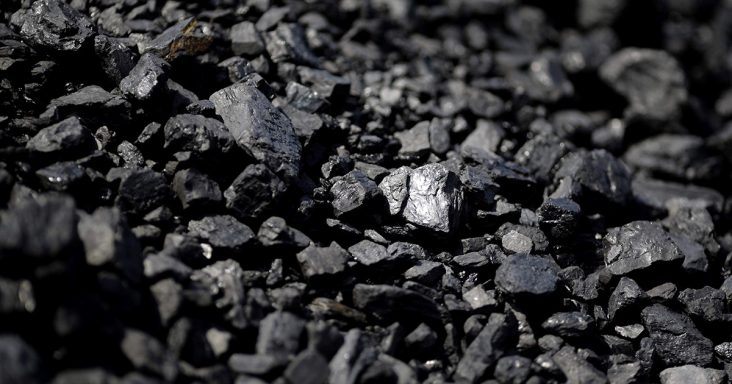Coal mining employment falls, wind energy capacity rises
by December 11, 2019 10:02 am 739 views

Coal mining employment has declined in the past decade as coal demand has fallen, according to the U.S. Energy Information Administration (EIA). Most U.S. coal is consumed in the electric power sector, and it has faced rising competition from electric generation from natural gas and
renewable technologies such as solar and wind.
Meanwhile, onshore wind capacity that has been installed in the United States exceeded 100 gigawatts as of the end of September 2019, according to the EIA. More than half of that amount has been installed since the start of 2012. The oldest wind turbines that are still operating were installed as early as 1975.
As of the third quarter of 2019, 41 states had at least one installed wind turbine. Texas has the most capacity, at 26.9 gigawatts, and is followed by Iowa, Oklahoma and Kansas. These states accounted for half of the total wind capacity installed in the United States. By December 2019, 7.2 gigawatts of capacity is expected to start operating. Another 14.3 gigawatts of wind capacity is projected to start operating in 2020. Capacity would rise to 122 gigawatts by the end of next year if the capacity comes online as expected.
While wind energy capacity increases, employment in the coal mining industry has fallen from a high of 92,000 employees in 2011 to 54,000 employees in 2018, according to the EIA. U.S. coal production reached a peak of 1.2 billion tons from 1,458 mines in 2008. By 2018, it declined to 756 million tons from 679 mines. Much of the production decline was in the Appalachian region. More than half of the mines in the region have closed since 2008, and production fell from 390 million tons in 2008 to 200 million tons in 2018.
Smaller mines have had more difficulty competing in the existing market and have been the first to close. Appalachian mines tend to be smaller than those in the Interior and Western regions and use more labor-intensive underground mining techniques, as opposed to machinery-intensive longwall mining and surface mining operations.
Overall coal labor productivity rose to 6.2 tons per labor hour in 2018, from 5.2 tons in 2011, as smaller, less productive mines decreased operations or closed.
